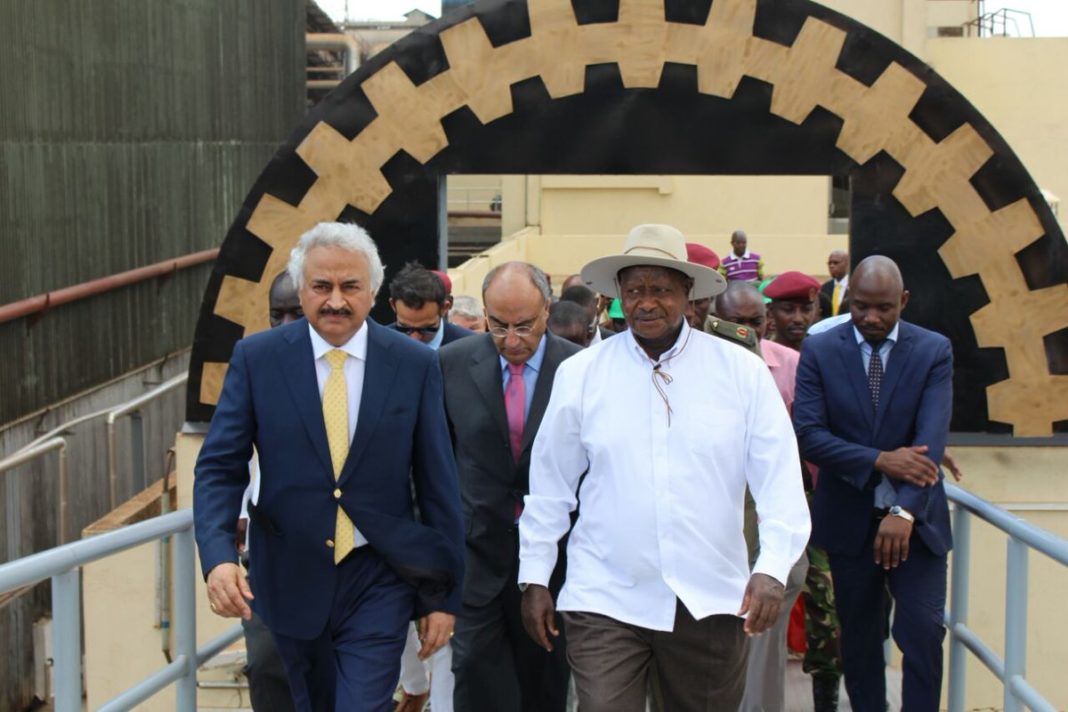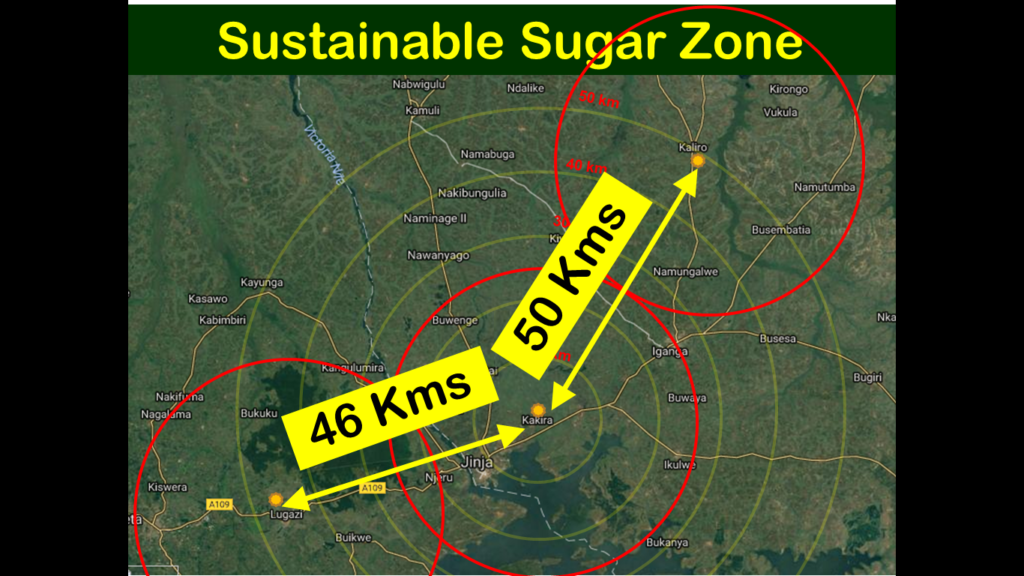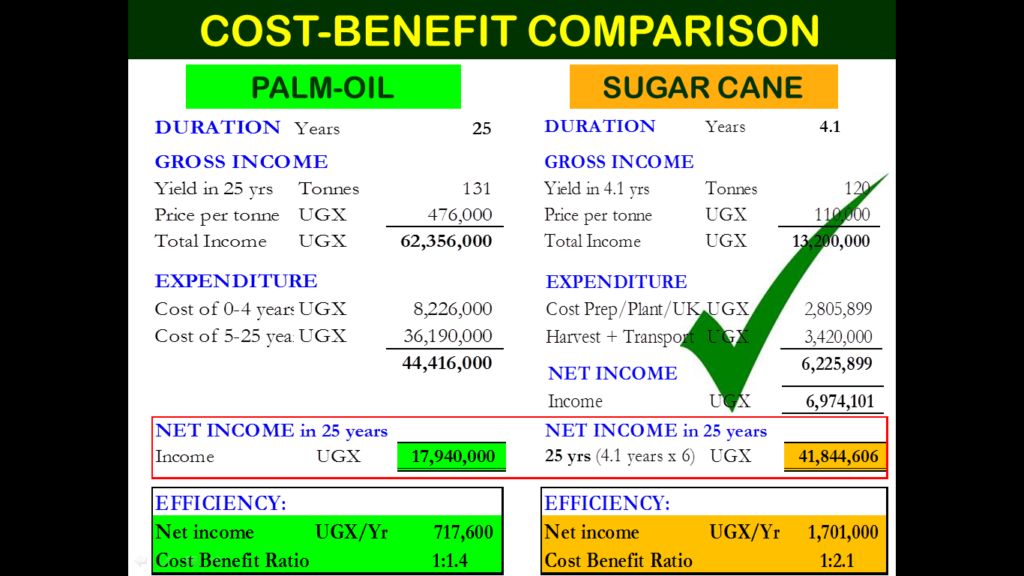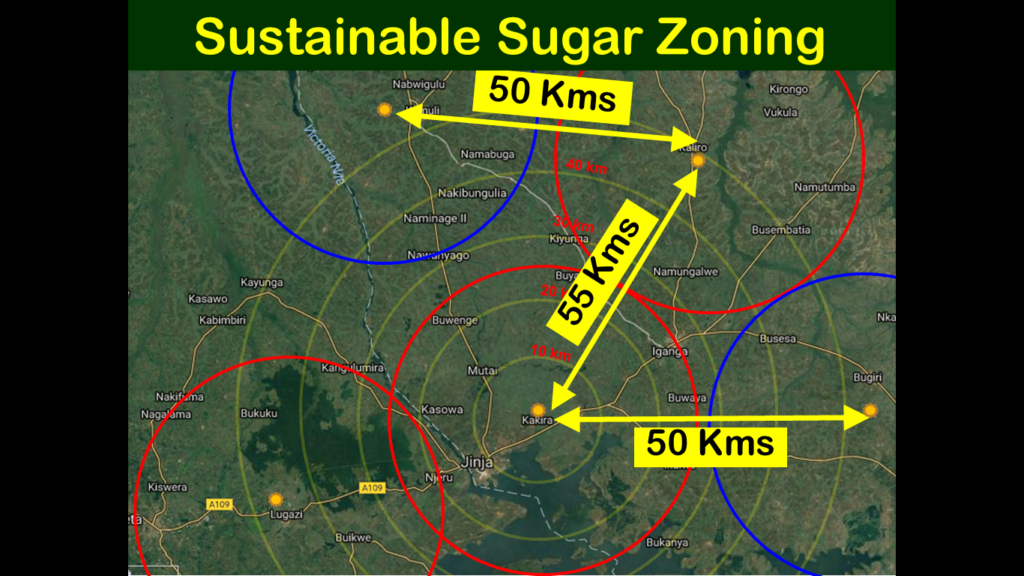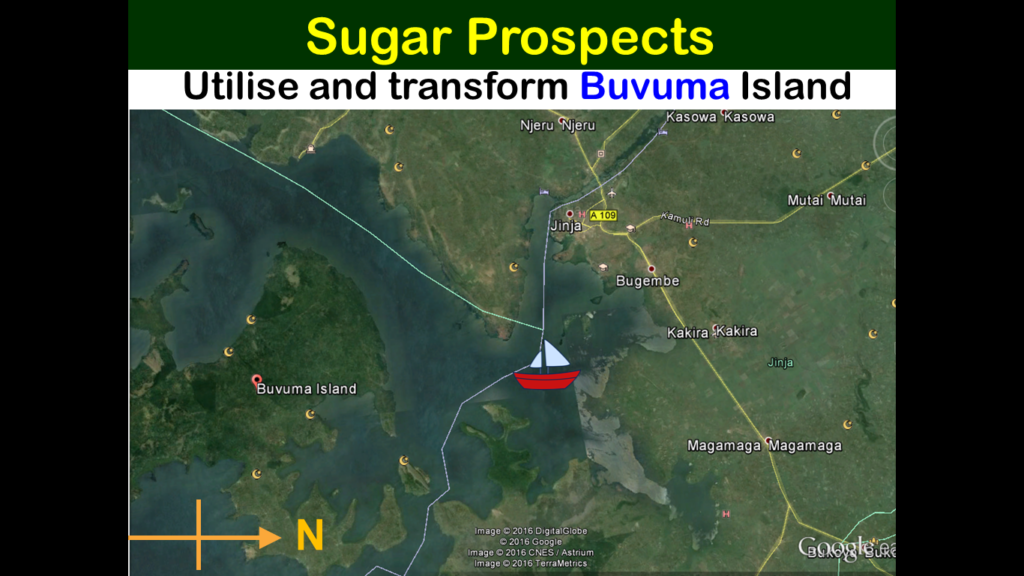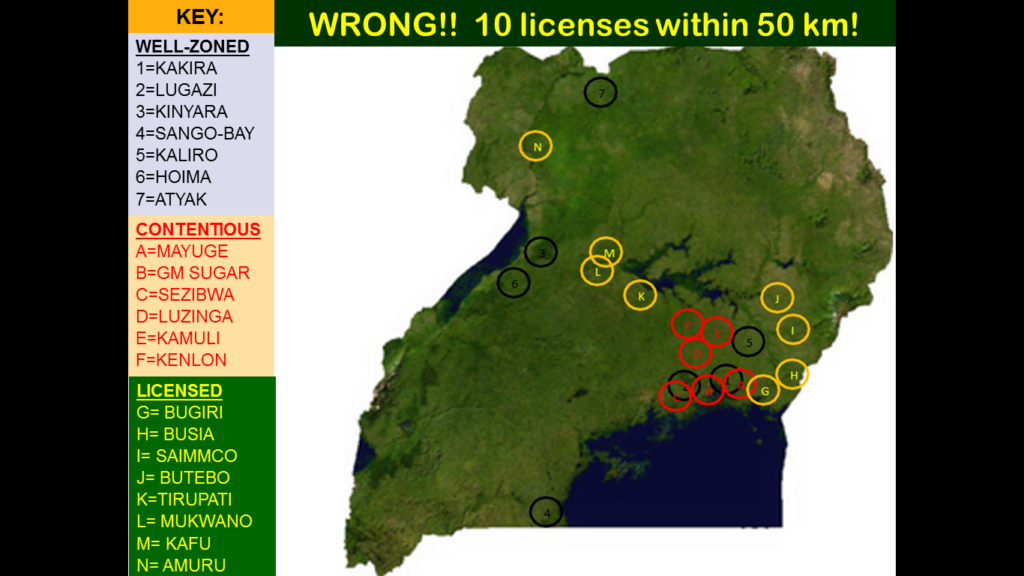Madhvani Group’s Kakira Sugar works wants to get a piece of Buvuma Islands and turn it into a cane growing hub.
A power point presentation made in top management meeting sometime last year, a copy of which Eagle Online has, shows that the sugar producing agnate wants to spread to Buvuma islands as a response to the pressure brought about by the development of several sugar producing companies around the Kakira plant.
In the presentation, Kakira Sugar paints a picture of how, because of the raise of so many small sugar producers, the factory no longer enjoys a monopoly over out growers who now choose to sell to its competitors.
A source in Kakira Sugar who preferred anonymity said that although there are no robust plans to take on the island as of now, it has heard of the intention.
The corporation’s Assistant General Manager, Kenneth Barungi said, “No idea about Buvuma has ever crossed our mind.”
He however added, “We have mentioned it to government that if Bidico is not interested in Buvuma we would be interested in it. We are interested in land anywhere whether it is in Buvuma or Amuru and we are interested in buying.”
Kakira Sugar Works has been producing sugar from the 1960s with production rising from 50000 tonnes of cane (5,000 tonnes of sugar) in 1960 to 2,500,000 tonnes of cane (250,000 tonnes of sugar) in 2015 according to the power point presentation.
By 2015, it was the leading sugar in the country at 42 per cent followed by Kyinyara sugar with 28 per cent of the sugar consumed in the country.
The power point presentation shows that planting cane on the island makes more fiscal sense than sugar.
It shows that while as Palm Oil has 25 year duration and makes a farmer only shs17.9M per tonne, Sugar cane growing rakes in shs41M over the same period per tonne.
However, using Busoga as an example, Buvuma Member of Parliament Robert Nduggwa Migadde is opposed to sugar cane being grown on the island saying it doesn’t make economic sense.
“We shall not be part of an arrangement for sugarcane. As we talk the investor for palm oil is already in place and the nursery bed is already being planted.
“Land in Buvuma was acquired by government specifically for palm oil development there are activities that come with that including CSR which does not come with Kaikira. When you look at how palm oil has transformed people’s lives in Kalangala is not the same as sugarcanes have transformed the people in Busoga,” he said.
Over the years, Kakira sugar has been fighting the increasing rise of sugar producing factories within its armpits. Kakira wants sugar factories to be within a radius on 50KM away from each other so that the factories can have enough land to grow cane and also less competition for the out growers.
According to the national Sugar policy, in the spirit of harmonizing sugar growing, it is important that the existence and new sugar mills have sufficient acreage to grow and expand their plantations.
In the document, the sugar corporation argues that it is wrong to have 10 licenses within a radius of less than 50 kilometers. This is because it means little expansion space for cane growing.
It therefore calls for the relocation or cancellation of all licenses belonging to all the “misplaced” sugar factories that are parasitizing on its out growers and expansion areas.
The document paints a grim picture—a sugar shortage in the future— if the corporation does not get enough land for cane growing or if the ‘misplaced factories’ remain in place.
By 2015, according to the projections the document used, Uganda was having surplus of 70,000 tonnes. However, the document shows, with the population expected to grow to 47.3 million by 2020, there will be a shortfall of 78,012 tonnes because production will only be at 535,000 tonnes yet the country will have a demand of 613,012 tonnes.




